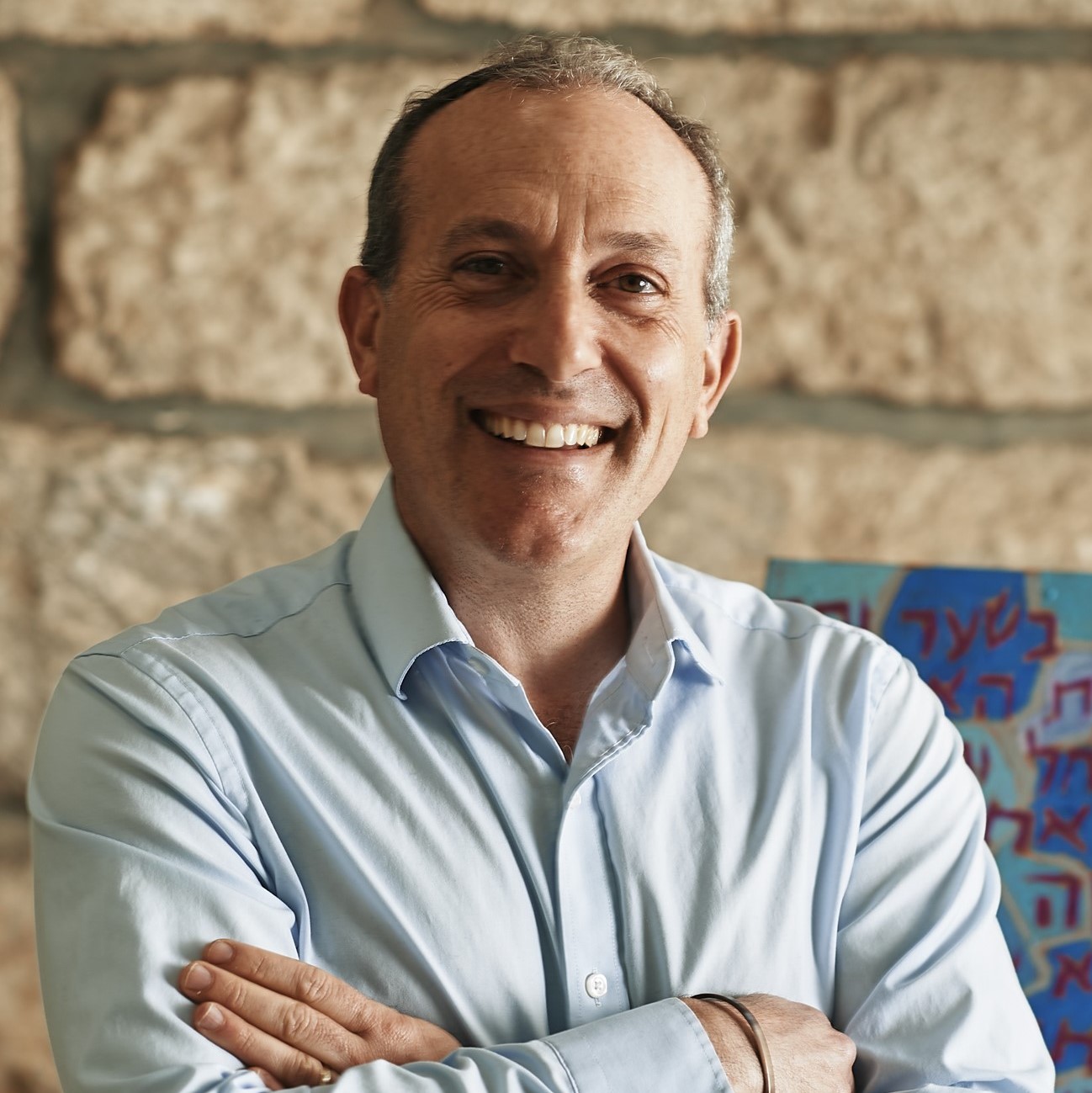When to Give

In many ways, Parashat T’rumah represents a thematic transition from engaging biblical narrative to technical description and detail. As the parashah opens, we become privy to the details of the Tabernacle and its appurtenances. And while we are initially dazzled by the vibrant colors and materials, the details become overwhelming. Our eyes glaze over, and it is difficult for the reader to engage. Sensing this challenge to his congregants, the classical fifteenth-century bible commentator Abarbanel opened his treatise on this parashah with an important word of encouragement: “Do not think that the commandments about the Tabernacle, which do not apply to us here in the exile or the laws that are valid only in the land of Israel, or the laws of priestly purity, have no value today. The Torah is a book of elevated wisdom and divine teaching. What we understand of these matters today, in terms of their allusions to higher things, is of as much value as when they were in practice. The same is true of all Torah matters. The Torah is a tool to prepare the way for us to become ‘like God, knowing good’ (Genesis 3:5), to keep us alive in every place at all times.” In this brief commentary, Abarbanel demonstrates his pedagogic wisdom: our responsibility is to open ourselves to “allusions to higher things” and thereby to uncover layers of relevance. Through such a technique, one discovers that this parashah concerns itself with the future. It is at once a lesson in giving and in selflessness.
Immediately, from the title of this parashah, an exegetical direction is hinted at. At the heart of the word t’rumah, translated as “offering,” one discovers the Hebrew root meaning “lifting up” or “high.” God speaks to Moses saying, “Tell the Israelite people to bring Me gifts (t’rumah); you will accepts gifts (t’rumati) for Me from every person whose heart so moves him” (Exodus 25:2). To make a gift, or in more sacred language, to give tzedakah, literally involves an act of lifting one’s eyes and heart higher. One must become selfless, transcending one’s self and envisioning a reality of tikkun olam. That is precisely what God demands of the Israelites in this parashah—they must set their sights higher, and doing so will not only elevate their own souls but more important, will bring God’s Presence into their midst. This lesson cannot and should not be lost on the generation of young Jewish professionals today. While the Jewish community has reached the pinnacle of affluence, giving, and especially tzedakah to Jewish organizations, has diminished. Sadly, too often the perception is “When I retire, I will give.” Tzedakah is a mitzvah for young and old alike, and learning to give and to give generously is critical to the future of the Jewish community.
A beautiful midrash sparked by this week’s Torah reading sums up the essence of thinking toward the future. Exodus 26:15 states, “and you will make the boards for the Tabernacle.” Midrash Tanhumaqueries, “Where did the boards come from? Jacob, our father, planted them. When he came down to Egypt, he said to his sons: MY sons! You are destined to be redeemed from here, and when you are redeemed, the Holy One will tell you that you are to make a Tabernacle for God. Rise up and plant cedars now, so that when God tells you to make a Tabernacle, these cedars will be ready. So Jacob’s sons set to planting cedars, doing just what he had told them. Hence, Torah speaks of ‘the boards,’ the boards their father had arranged should be ready” (Tanhuma T’rumah 9).
May we all take a lesson from Jacob, his sons, and this week’s parashah: we must lift up our eyes, think selflessly, and act generously.
The publication and distribution of A Taste of Torah are made possible by a generous grant from Sam and Marilee Susi.



